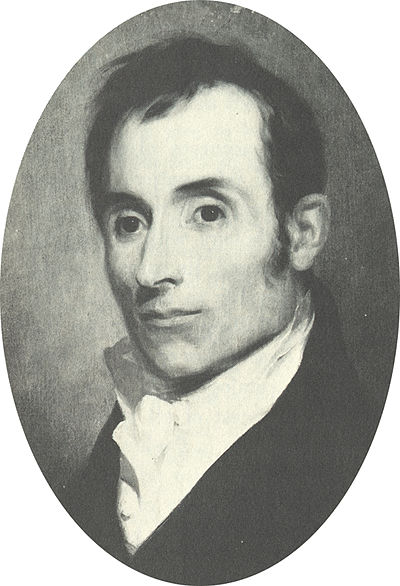
Before artists and naturalists knew much about ecology, they drew their pictures from specimens, not knowing much about them. So birds that inhabited different areas of the world, like a guinea fowl from Africa and parrots from South America were often pictured together. And the backgrounds of the pictures were landscapes of buildings, walls, castles, fences, or some other human artifacts. If the birds were put in some sort of natural setting, it wasn’t necessarily an appropriate one. But as artist/naturalists began to spend more time in the field, taking notes and sketching, paintings became to be more realistic.
During the Age of Enlightenment (c. 1715-1789) and through the 19th century in both Europe and America natural history was focused on the identification of organisms. This meant that standards of practice had to become more organized and consistent between continents. Early American naturalists used European methodology but Americans did more fieldwork and collected more specimens.
Natural history meant observing organisms and taking notes, but not necessarily in any organized or systematic manner. Notes and sketches were descriptive but they weren’t necessarily tied together. As natural history became more thoughtful, detailed, organized, and focused, so did the art that accompanied it. As field observation became more reflective of reality, so did art. Most naturalists were not trained as artists but took up art as a way to expand their study of nature. When artists took an interest in nature, their skills gave bird art real authenticity.
Thomas Bewick, an English wood engraver, is best known for his A History of British Birds, which is admired today mainly for its wood engravings. The book was the forerunner of all modern field guides. Alexander Wilson was a Scottish American poet, ornithologist, naturalist, and illustrator. Often called the “Father of American Ornithology”, Wilson is regarded as the greatest American ornithologist prior to Audubon.
Both Bewick and Wilson wrote the text for many of their illustrations as their fieldwork gave them considerable experience in and knowledge of ornithology Lady Gwillim, a British painter who moved to India, painted a series of about 200 watercolors of Indian birds. Produced about 20 years before John James Audubon, her work has been acclaimed for its accuracy and natural postures as they were drawn from observations of the birds in life.
Bewick put his birds in a detailed landscape while Gwillim’s backgrounds were simpler. Wilson’s paintings generally lacked much of a background but he often showed some life history tidbits like a warbler feeding a young cowbird, whose eggs were left in the warbler’s nest by the cowbird mother, a nest parasite.
As more was learned about birds and their habitat, artists realized how important it was to put birds in the context of their environment. Simply putting them on a branch or a rock was not sufficient to explain where and how they lived. Naturalists were now studying the relationships of organisms to one another and their physical habitat. Ecology, from the Greek meaning the study of home, slowly came into being.
As true today as it was then, studies of birds are at the forefront of ecological discovery.